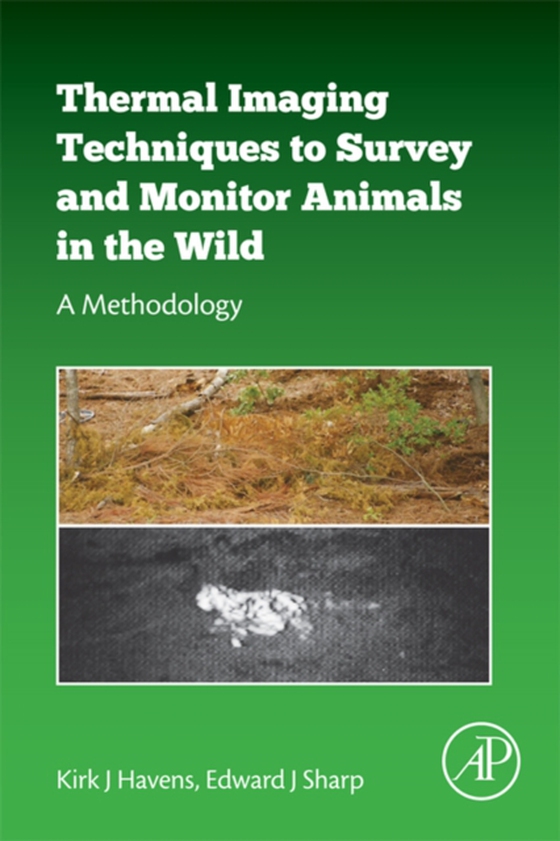
Thermal Imaging Techniques to Survey and Monitor Animals in the Wild e-bog
728,76 DKK
(ekskl. moms 583,01 DKK)
Thermal Imaging Techniques to Survey and Monitor Animals in the Wild: A Methodology provides a manual for anyone interested in understanding thermal imaging and its usefulness in solving a wide range of problems regarding the observation of wildlife. In the last decade, the cost of thermal imaging technology has significantly decreased, making the equipment more widely available. This book o...
E-bog
728,76 DKK
Forlag
Academic Press
Udgivet
22 september 2015
Længde
376 sider
Genrer
Scientific research
Sprog
English
Format
pdf
Beskyttelse
LCP
ISBN
9780128033852
Thermal Imaging Techniques to Survey and Monitor Animals in the Wild: A Methodology provides a manual for anyone interested in understanding thermal imaging and its usefulness in solving a wide range of problems regarding the observation of wildlife. In the last decade, the cost of thermal imaging technology has significantly decreased, making the equipment more widely available. This book offers an overview of thermal physics and the thermal imager, along with a methodology to optimize the window of opportunity so that wildlife can be observed and studied in their natural habitat. Users will find the knowledge and tools to formulate a sound survey design, with detailed sections on the theory and performance characteristics of thermal imaging cameras utilizing cooled quantum detectors as the sensitive element and additional information on the uncooled micro bolometric imagers which have been introduced into the camera market in past decades. The methodology presented is logical and simple, yet it presents a detailed understanding of the topic and how it applies to the critically interlinked disciplines of biology, physics, micrometeorology, and animal physiology. Covers the technical aspects of thermal imaging allowing readers to design better experiments Provides a clear description of the properties of thermal imaging Includes approaches to consider before integrating thermal cameras into a field
 Dansk
Dansk

